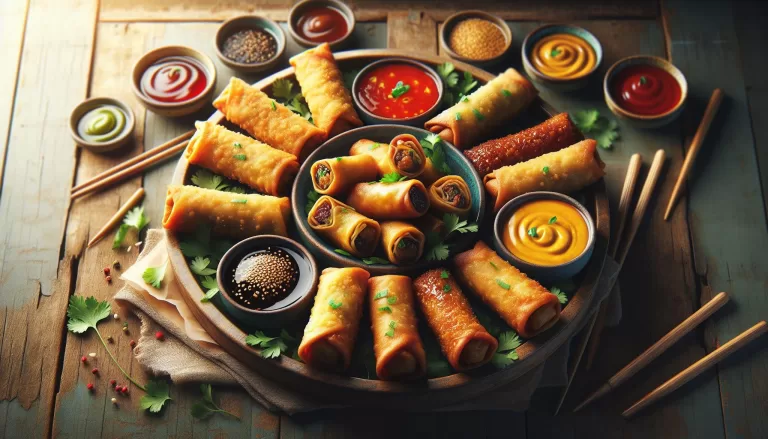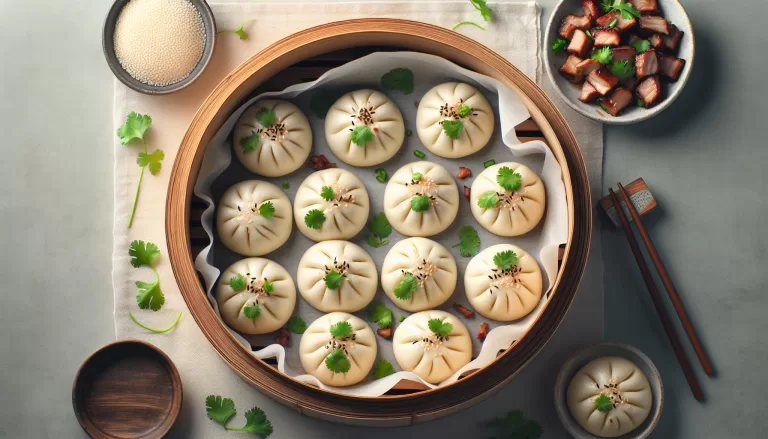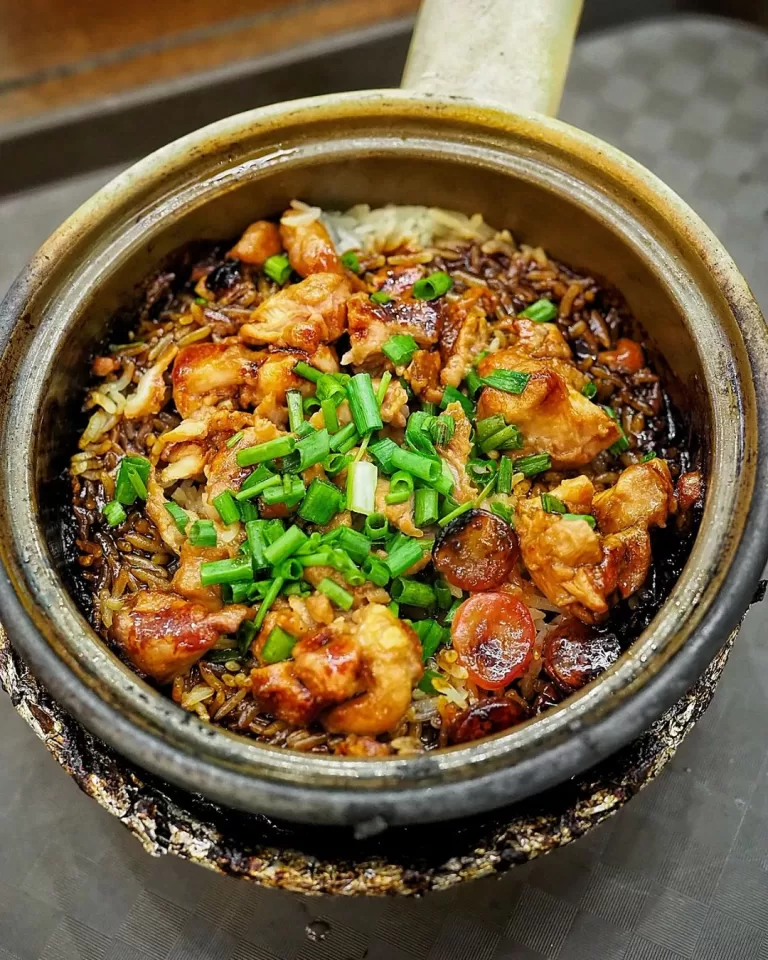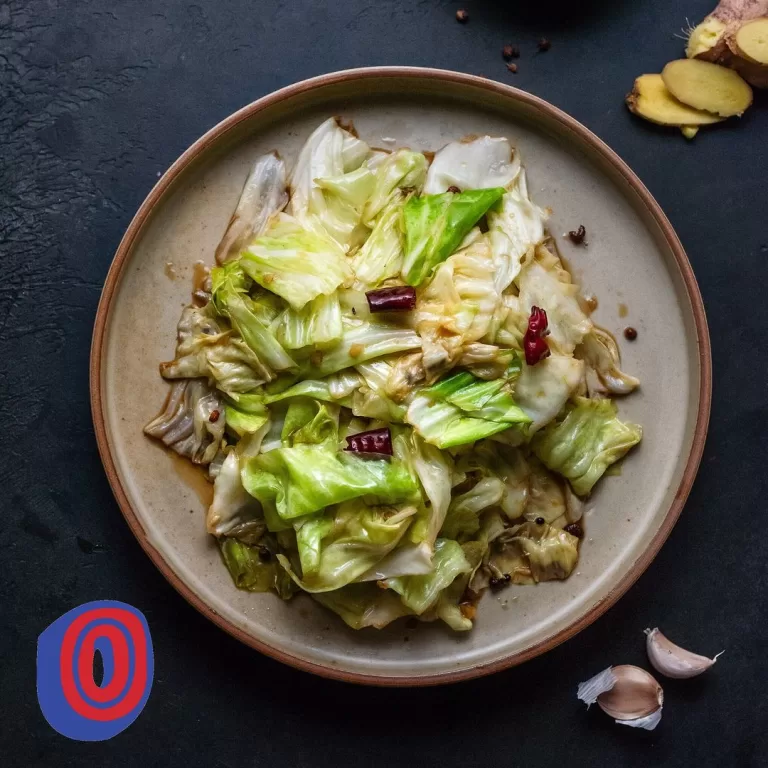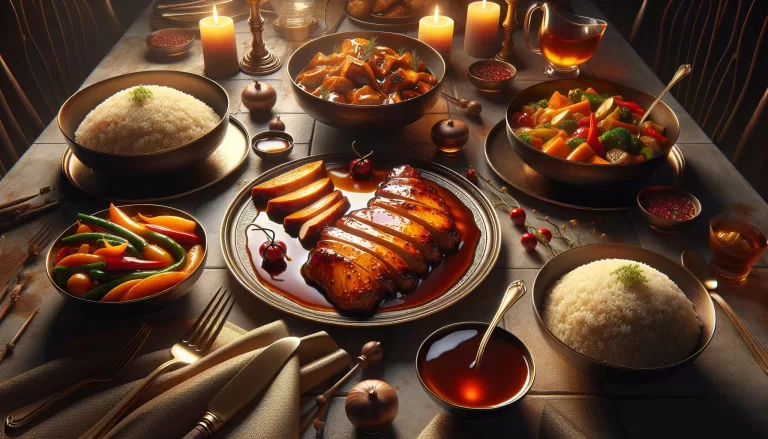How To Know When Rice Is Done
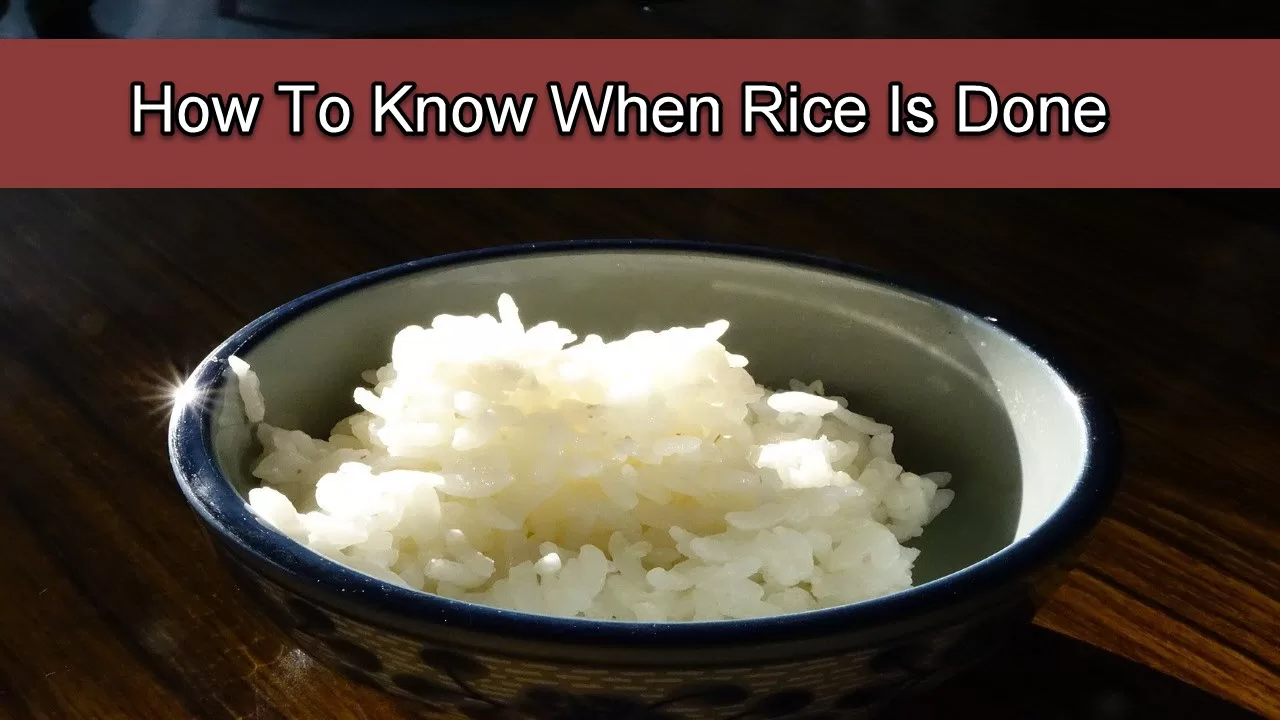
Do you enjoy eating rice? With over half of the world’s population living in Asia and Africa, rice is possibly the most widely consumed staple meal. In this post, we’ll teach you everything about rice, and how to cook rice. Continue reading by scrolling down.
How To Know When Rice Is Done
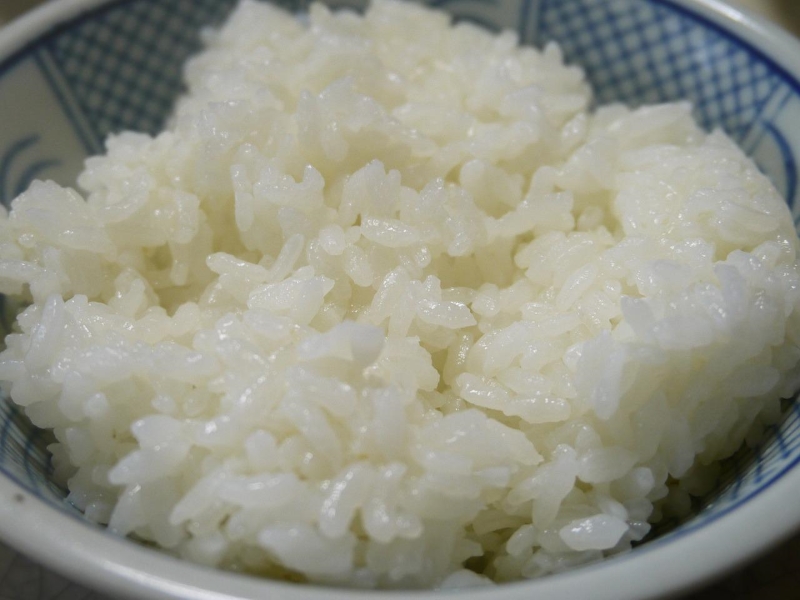
Rice
Rice is a versatile, hearty and satisfying grain that may be eaten alone, combined to other foods, served as a side dish, or even turned into delectable desserts. Rice may be cooked in a variety of ways, with boiling and steaming being two of the most popular. Rinsing before cooking is one of the secrets to fluffy perfectly cooked rice that doesn’t clump together, and it’s vital no matter how you intend to cook the rice.
Different varieties of rice are available in various colors, stickiness, thickness, and lengths. The most common classifications of rice are long, medium, and short grained rice. Long-grain rice grains, which are rich in amylose, tend to stay intact after cooking. Medium-grain rice grains, which are high in amylopectin, become sticky. Medium-grain rice is used in sweet foods, risotto in Italy, and a variety of rice dishes in Spain, such as arròs negre. Thai Sticky rice is a type of long-grain rice that is rich in amylopectin and is frequently cooked. Sushi is made with a stickier short-grain rice, which helps the rice keep its form when cooked. Short-grain rice is widely used, and rice pudding is frequently made with it.
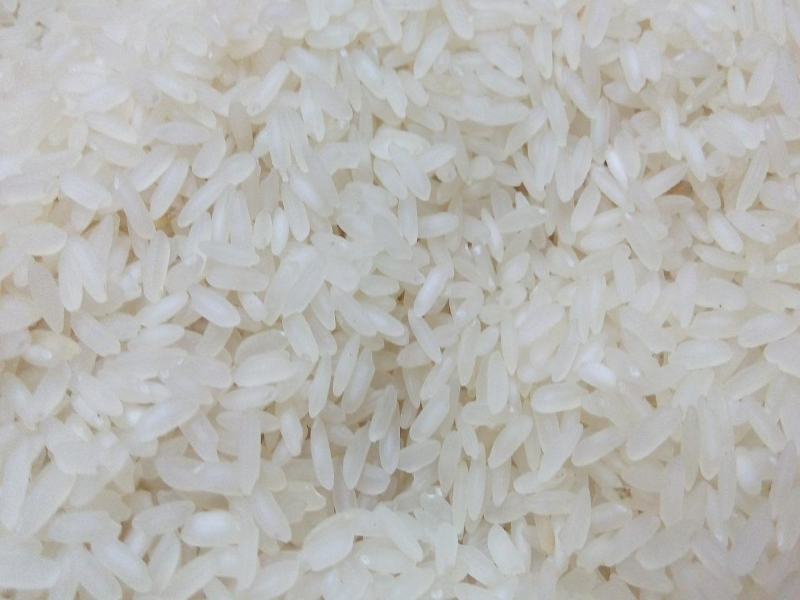
Rice Preparation
Rinsing before cooking rice eliminates most of the excess starch, decreasing the amount of stickiness between individual grains. Generally speaking, this makes the rice fluffier, while not rinsing makes the rice stickier and creamier. Rice in the United States is often enriched with vitamins and minerals, and rinsing will cause nutrients to be lost.
Rice can be soaked to save cooking time, save fuel, limit high-temperature exposure, and lessen stickiness. Soaking enhances the texture of cooked rice by boosting grain expansion in some types. You can actually soak the rice for 30 minutes to several hours.
For brown rice, it can be soaked for 20 hours to promote germination. This method, known as germinated brown rice (GBR), improves the nutritional content of brown rice by activating enzymes and enhancing amino acids such as gamma-aminobutyric acid. This approach was developed as part of the United Nations International Year of Rice study.
Rice absorbs water while cooking and is prepared by boiling or steaming.
Rice can be cooked in an amount of water equal to the volume of dry rice plus any evaporation losses using the absorption method.
Another technique, rapid-boil method, rice is cooked in a large amount of water and then drained before serving.
With enhanced rice, a rapid-boil method is not recommended since the enrichment additives are lost when the water is removed.
Electric rice cookers, which are commonly used in Asia and Latin America, make cooking rice easier.
Rice or other types of rice is often rapidly fried in oil or fat before boiling. For instance, saffron rice or risotto, this reduces the stickiness of the cooked rice and is known as pilaf in Iran and Afghanistan or biryani in India and Pakistan.
By tasting one grain of rice, you can identify if it’s fully cooked. Allow it to cook a few more minutes if it’s medium-hard, then turn off the heat. Don’t worry if this is your first time making rice.

Tips In Cooking Rice And Identifying If It’s Already Cooked
Cooking perfect rice is simple if you use the appropriate rice, correct amount of rice, and follow a few simple rules. The instructions below will show you how to make perfect rice.
To figure out how much water to use, measure the rice grains by using a measuring cup.
To keep the rice from becoming sticky, rinse the rice before cooking to eliminate any extra starch. If you want to cut the cooking time in half, you have the option to soak the rice for around 30 minutes.
Determine the quantity of water you’ll use to cook the rice. Use two cups of water for 1 cup of rice. Cooking brown rice will require more water, whereas short-grain rice would require less. However, if you want the rice to be dryer, use less water, and if you want it to be softer, use more water.
Then, add rice to the cold water, and boil it. Since you are using a pot, cover it with a lid, and reduce to a low heat when it comes to a boil.
Cook the rice for 15 to 18 minutes depending on the type of rice you are using, and then taste it. Let the rice cook for another 2-3 minutes if it isn’t thoroughly done. And there you have it, the rice is already done.
Remove from heat, and allow the rice sit covered with lid for 10 minutes. This will absorb any excess water and finish cooking. Your rice is ready to be served and eaten.
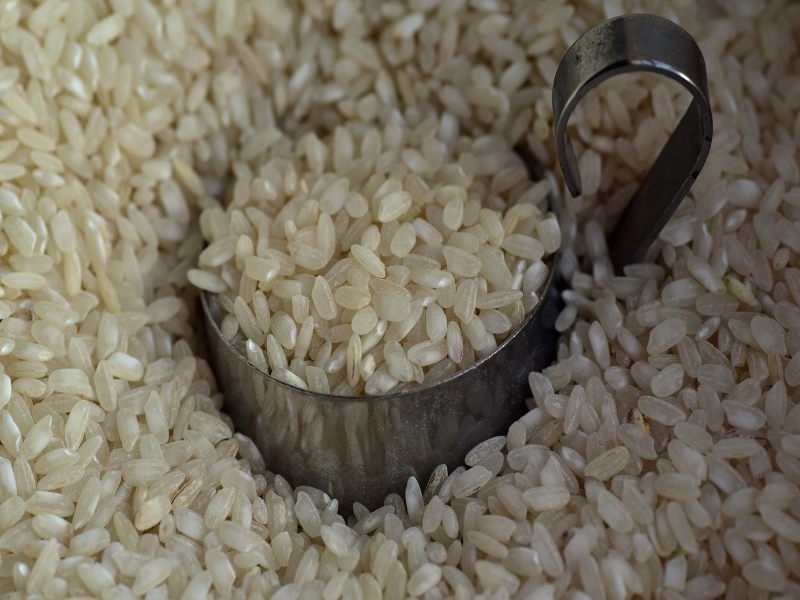
How to Cook Rice Perfectly
ingredients
- 1 cup of rice (any type of rice)
- knob of butter or ½ tablespoon oil (this is optional)
Instructions
- First, rinse the rice.
- When preparing rice, a cup of rice for every 2 cups of water is a general rule of thumb. Before you buy rice, inspect the packaging to make sure it hasn’t been opened.
- You have the option to add a spoonful of butter to your rice while you’re at it. It can enhance the taste of your rice.
- An essential step is an even simmer. The temperature of the water will drop when the rice is added, and the water will no longer boil. Let the rice to simmer gently.
- Cover the pot with lid. Reduce the heat to low, and cook for about 10 minutes. Although it will be challenging, try not to open the lid. Interfering with the steam is not recommended.
- Set a timer for 18 minutes if using long-grain white rice. Because of the grain’s length, it may take an extra minute or two.

How To Determine When Rice Is Cooked In Rice Cooker?
A rice cooker, sometimes known as a rice steamer, is a kitchen equipment that automatically boils or steams rice. A heat source, a cooking bowl, and a thermostat are all included in the rice cooker. The thermostat regulates the heat by measuring the temperature of the cooking basin. Rice cookers that are more complex, high-tech, and multifunctional may contain additional sensors and other components.
The temperature of the rice cooker is controlled by a thermostat. As a result, when the temperature inside the rice cooker hits 100°C-212°F, the rice cooker will automatically switch to the keep warm mode.
However, if the rice cooker does not have a “keep warm mode, it will turn off and an indication light or sound will signal that the rice is done cooking.
Rice cookers come with a variety of tones and warning lights to alert you when the rice is done, depending on the brand.
Preparation
- To cook rice using a rice cooker, fill the metal bowl with enough water and rice, that’s 2 cups of water and a cup of rice. Then, switch it on to activate the heating element and thermostat beneath the bowl. The bowl warms and transfers the heat to the rice and water because it is made of thin aluminum.
- The water starts to boil while it cooks. The water will turn to steam when the bottom of the bowl reaches a temperature of 212°F. The heat is carried away by the steam via the rice. During this time, the rice has begun to absorb the water.
- The rice will be mushy, if you keep on adding water. However, if the heat was left on, it would become crunchy and probably burn. Fortunately, the rice cooker incorporates a sensor that measures both the temperature and the rate at which the bowl rises. The temperature increases quicker when there is less water in the bowl.
- When it reaches a particular point, the rice cooker recognizes that the rice is done and turns off.
White Rice
White rice is milled rice that has been stripped of the husk, bran, and germ. This changes the rice’s flavor, texture, and appearance, as well as avoiding spoiling, extending its storage life, and making it more digestible. The rice is polished after milling/hulling, resulting in a seed that is brilliant, white, and glossy.
The procedures of milling and polishing both eliminate nutrients in rice. People are prone to the neurological disorder beriberi as a result of deficiency of thiamine or vitamin B1, because of unenriched white rice. White rice is frequently fortified with some of the nutrients lost during processing. White rice enrichment is now practiced today, especially in the United States.
There are several varieties of white rice, all of which have had their bran and germ removed.
White rice is softer, sweeter, and cooks faster than brown rice. Stews, stir-fries, curries, and sushi are all great ways to use white rice.
Brown Rice
Brown rice is whole grain rice that has been stripped of its non – edible outer shell. The outer hull or husk of this type of rice is shed, but the bran and germ layer remain, giving the rice its brown or tan color.
Brown rice is healthful than white rice, but it takes longer to cook and requires more water.
How To Determine When Brown Rice Is Done?
- First, rinse a cup of rice till the water is clear. Then, add to a pot with 2 1/2 cup water and add a pinch of salt. If you prefer softer rice, soak the rice for approximately an hour in cold water.
- To enhance the flavor of the rice, you have the option to use chicken stock or vegetable stock instead of water in the same quantity.
- Bring the rice and water to a boil, then reduce the heat to let the rice to simmer. Cover the pot with a lid till all of the liquid has been absorbed by the rice.
- Cooking time for brown rice is around 40-50 minutes, depending on the type of burner used. But after 45 minutes of cooking, inspect the rice.
- Once the rice is already soft and liquid has been absorbed, remove it from the heat, and set aside for 10 minutes. If the 10 minutes is up, fluff the rice using a fork, and serve.
Frequently Asked Questions
White rice cooked on the burner takes 18-20 min to complete cooking. While brown rice takes 40-50 minutes to thoroughly cook.
A thermostat regulates the heat of the rice cooker. As a response, the rice cooker will automatically turn to keep warm mode when the temperature inside reaches 100°C-212°F. If the rice cooker does not feature a “keep warm mode”, it will switch off and an indicator light or sound will show that the rice is ready.
1 cup of ling grain white rice has 600 kcal.
